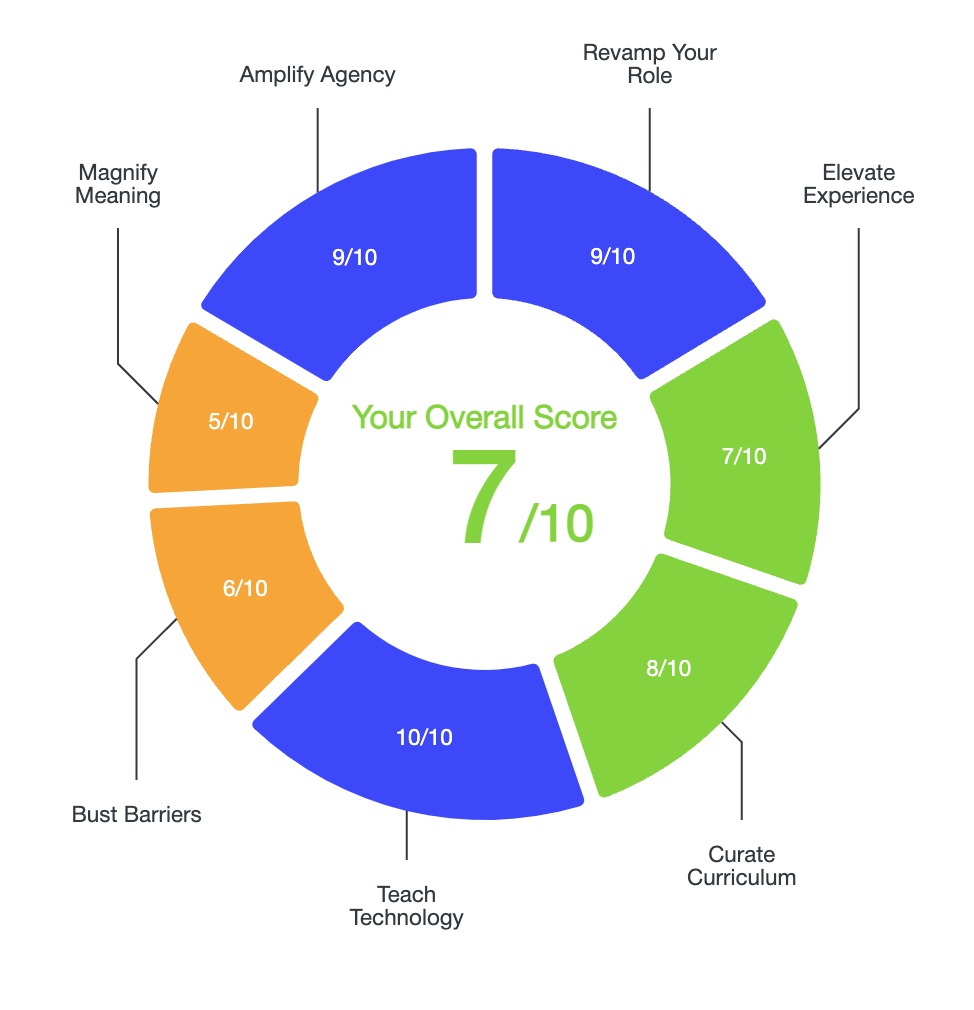Making digital comics in the classroom gives students the opportunity to practice rigorous academic skills in a unique, fun, and engaging way. Plus, giving students choice for how to express their understanding creatively is one of the most innovative and important ways to use education technology.
How do digital comics build academic skills?
Students can create digital comics to practice synthesizing information, summarizing, visualizing what they’ve read, creating dialogue, and sequencing a narrative. I primarily use comics for three purposes: to summarize a book or a story using the plot diagram, to create timelines, or to create a comic to demonstrate understanding of a topic.
See these student examples from my 6th grade Humanities classroom:
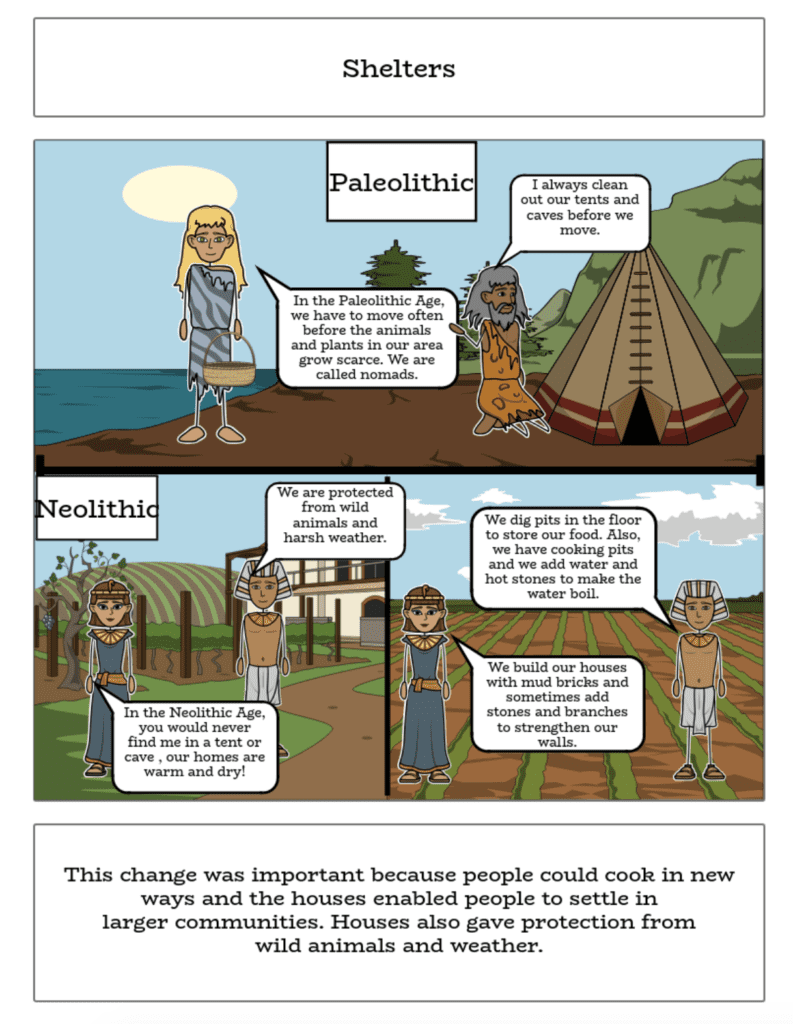
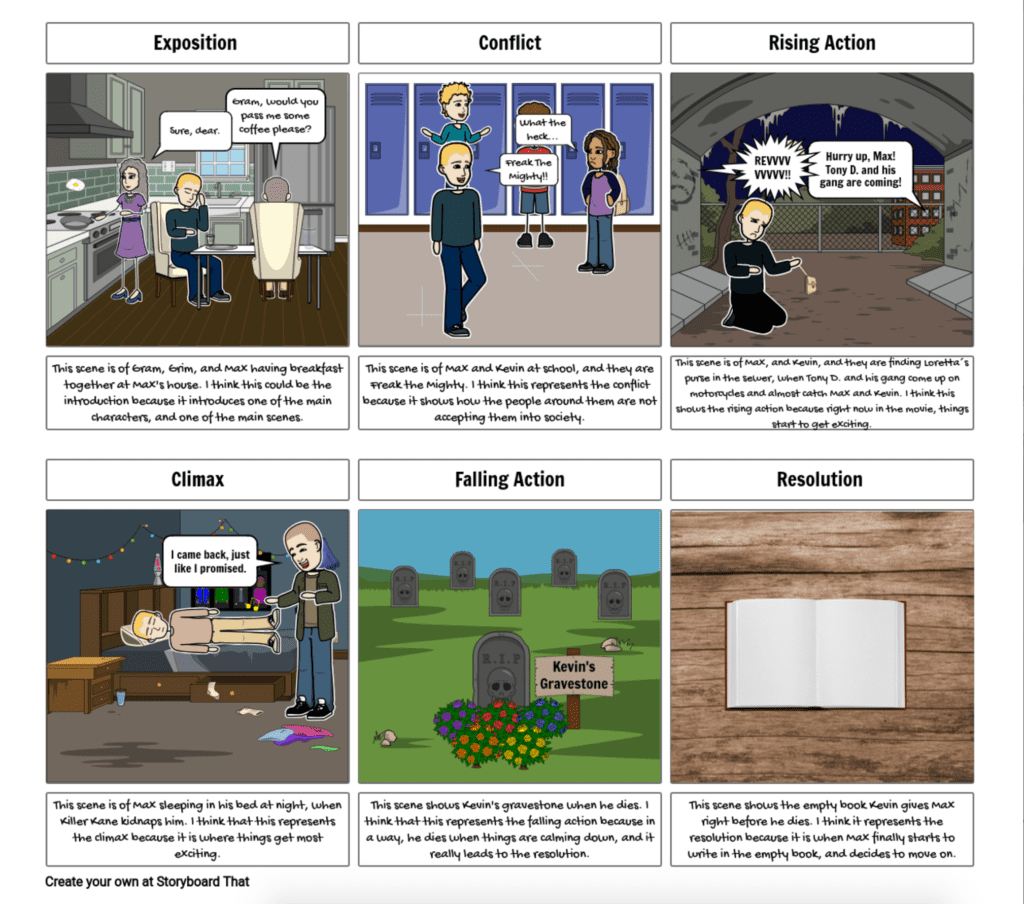
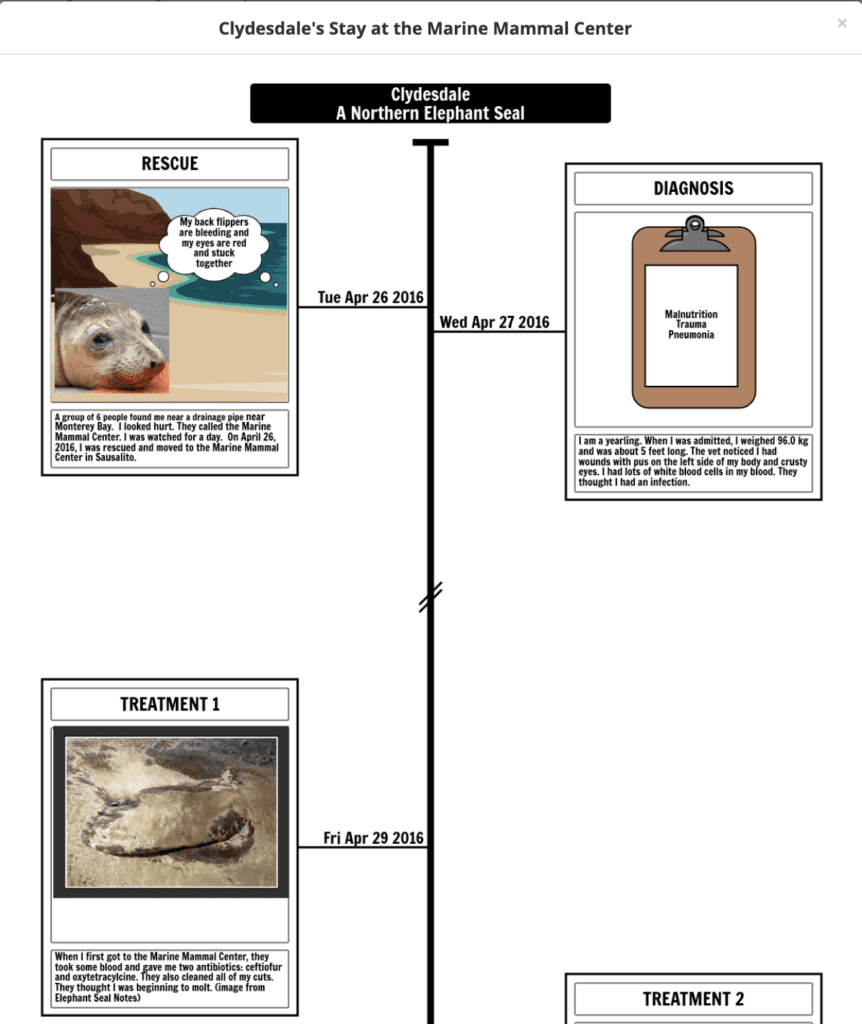
Planning Tools for Digital Comics
As with any class project, the ultimate success of the project depends on the quality of pre-planning that goes into it. Obviously planning will look different if you are having students create a summary of a novel by applying the plot diagram versus having students create a timeline in science or history. If you expect students to create interesting dialogue from the non-fiction information they read, they will be much more successful if you teach them a mini-lesson on that topic first.
Creating a paper rough draft is also an essential planning step. Drafting helps students work through ideas, and also allows the teacher to give students feedback on the content of their work before they become hyper-focused on the nuances of creating their comics. In the drafting stage, I have students plan how to organize information, as well as focus on making sure their content is the best it can be before they jump into the tech program. Once they start making their comics, you only want them worrying about design, not content.
You can access the following storyboard rough draft here.
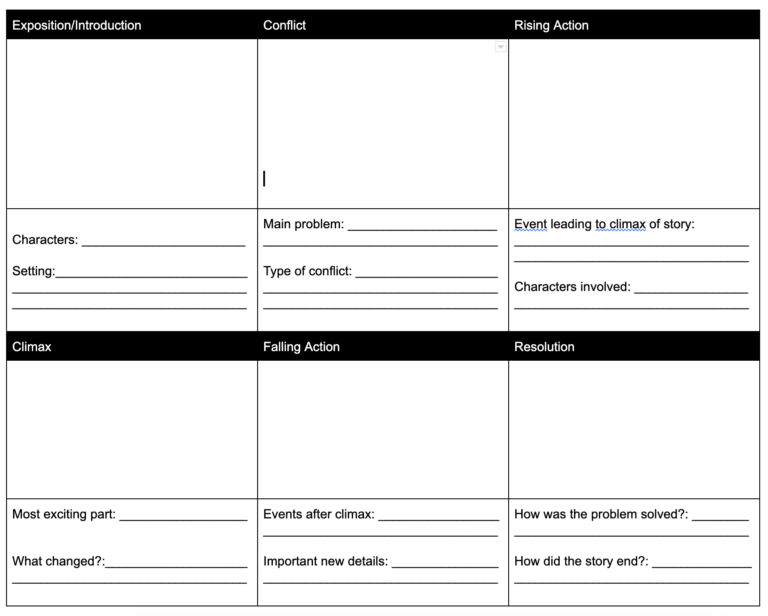
Creating Comic Templates with StoryBoard That!
Although it isn’t absolutely necessary to pre-create comic templates for students, doing so will help students when students are using a program for the first time.
Templates help students organize their ideas, and different types of templates promote the use of different academic skills, the inclusion of different information, and ultimately different final products all together.
Whether you pre-create templates, or teach students how to make them themselves, templates will definitely improve the overall quality of their comics.
To learn more about how to create templates, be sure watch the video tutorial.
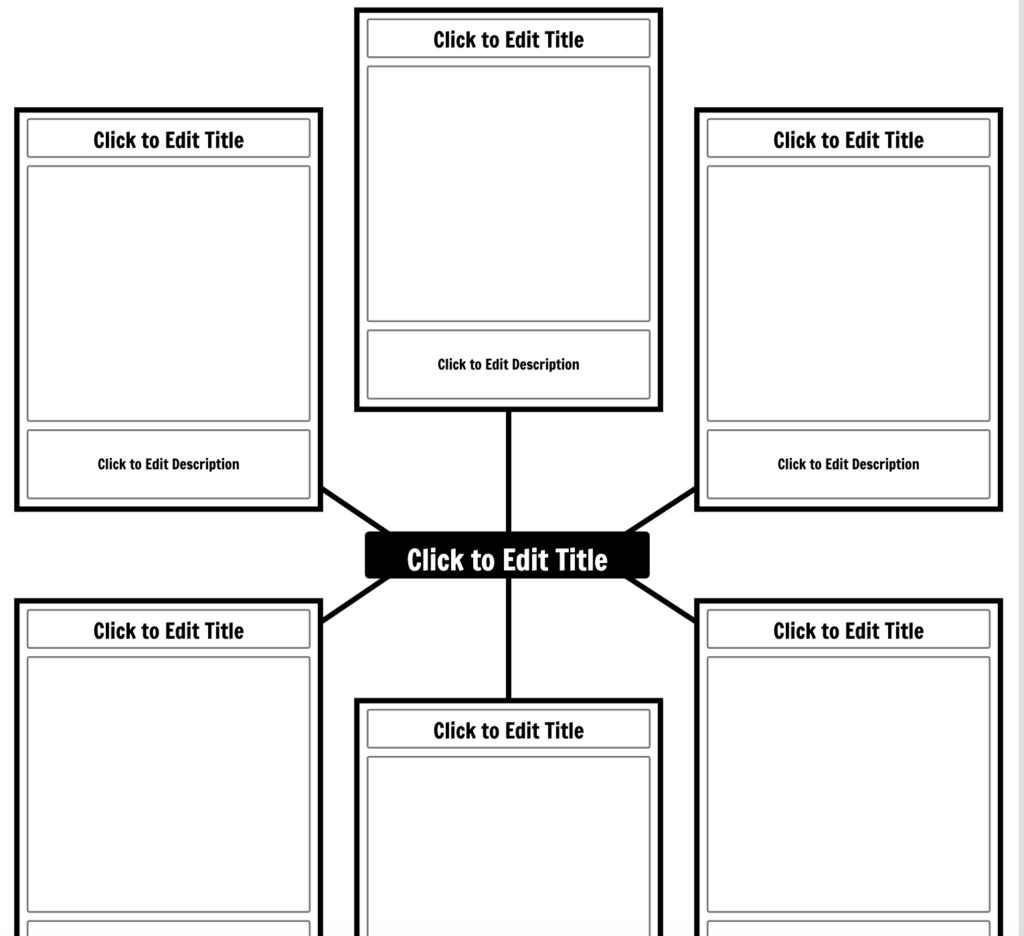
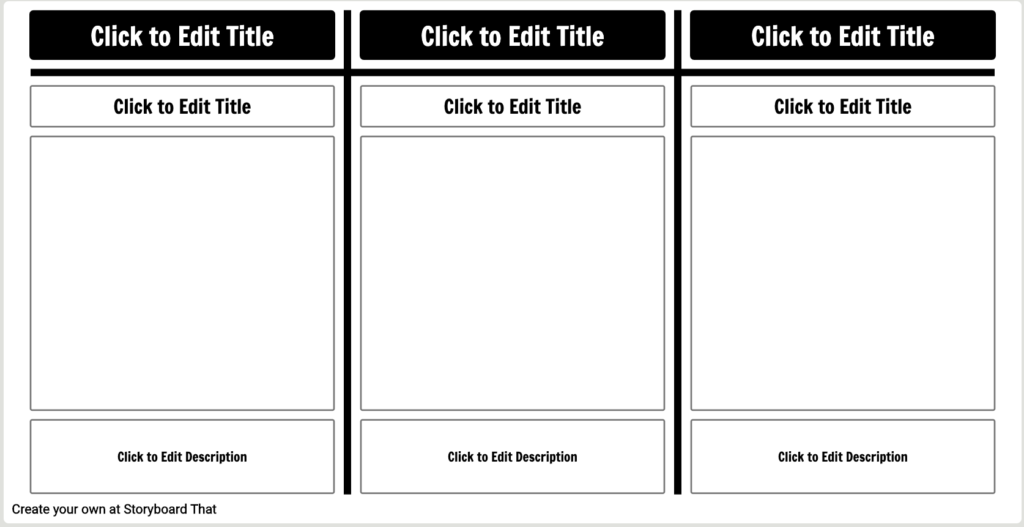
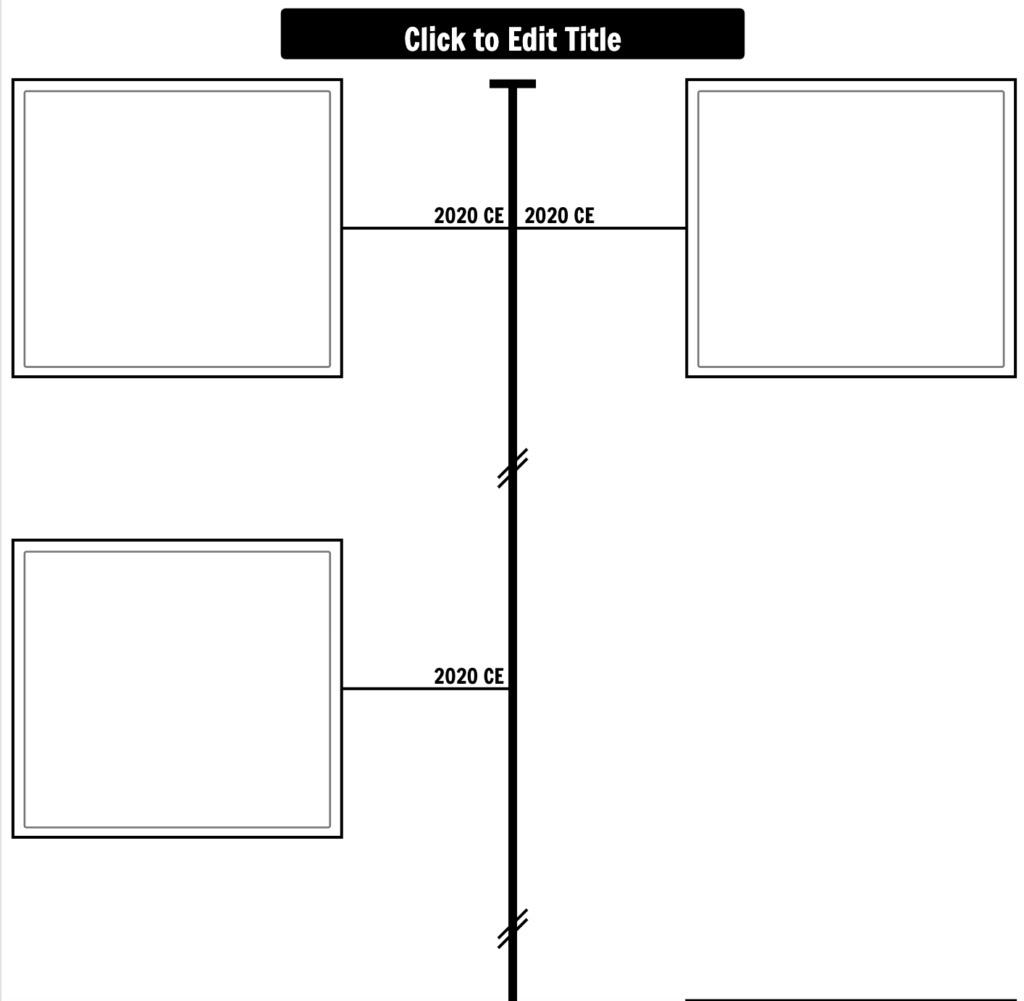
Essential StoryBoard That! Comic Creation Tools
Before rolling out digital comic creation with students, it’s important to understand the basic comic creation tools like how to make scenes, characters, and dialogue boxes.
I highly recommend creating a video tutorial for students as a way to teach them how to use Storyboard That! given the relative complexity of some of the editing tools.
See the video tutorial to learn more about the nuts and bolts of editing with Storyboard That!
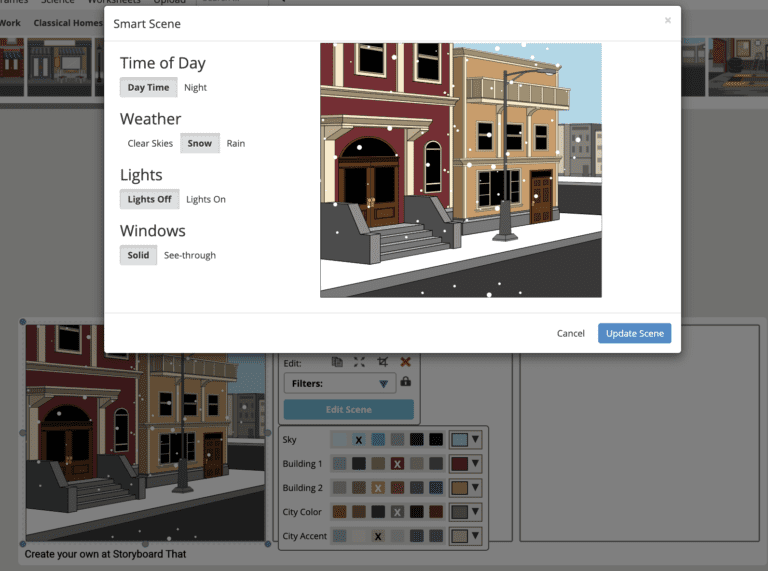
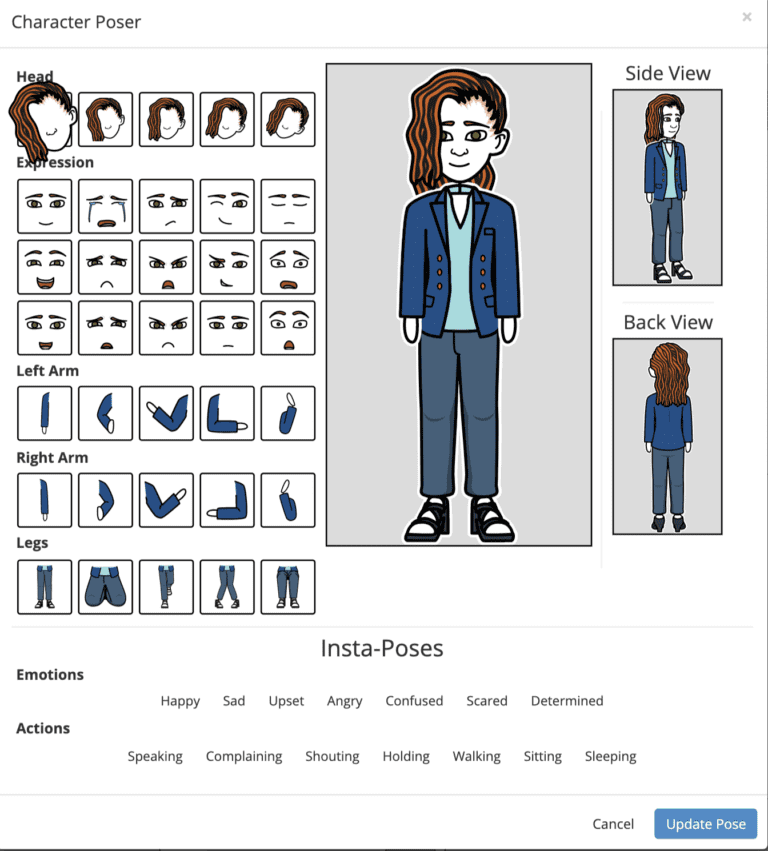
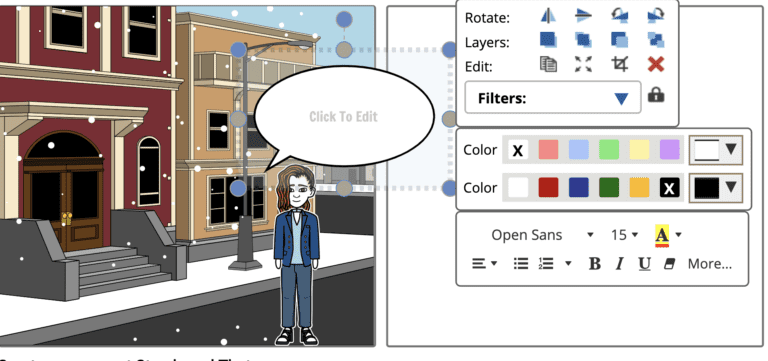
Advanced StoryBoard That! Comic Creation Tools
Once students learn the basic of how to create digital comics, the advanced editing tools in Storyboard That! can help them create a polished final project.
Useful tools like layering allows students to select the plane on which objects are placed. The cropping tool allows students to make nuanced changes to characters and objects that add an element of realism. And the ability to include actual images in the comics adds another layers of creatively to the projects they create.
Watch the video tutorial to learn more.
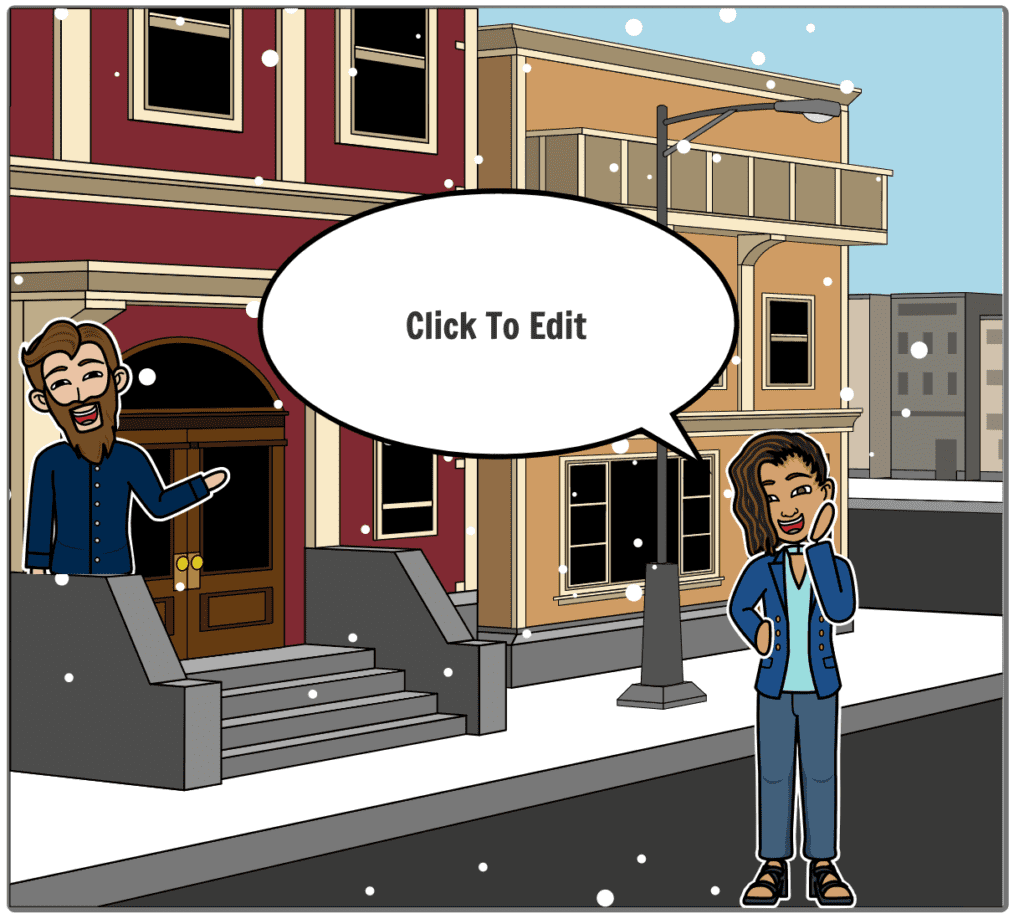

Conclusion
Teaching students how to create digital comics gives them another tool to express their understanding of a topic in a creative way. Plus, students have an absolute blast making digital comics, and they’ll learn some useful editing skills in the process.
Once published, it’s also a great idea to have students upload their digital comics to their digital portfolios so they can reflect on the process and share their work with their families.
For additional strategies for increasing autonomy, creativity, engagement, and academic rigor with technology, click here:
How to Use Education Technology: The Ultimate Guide
And to read more about why I believe technology must be a central part of public education today, click here:

